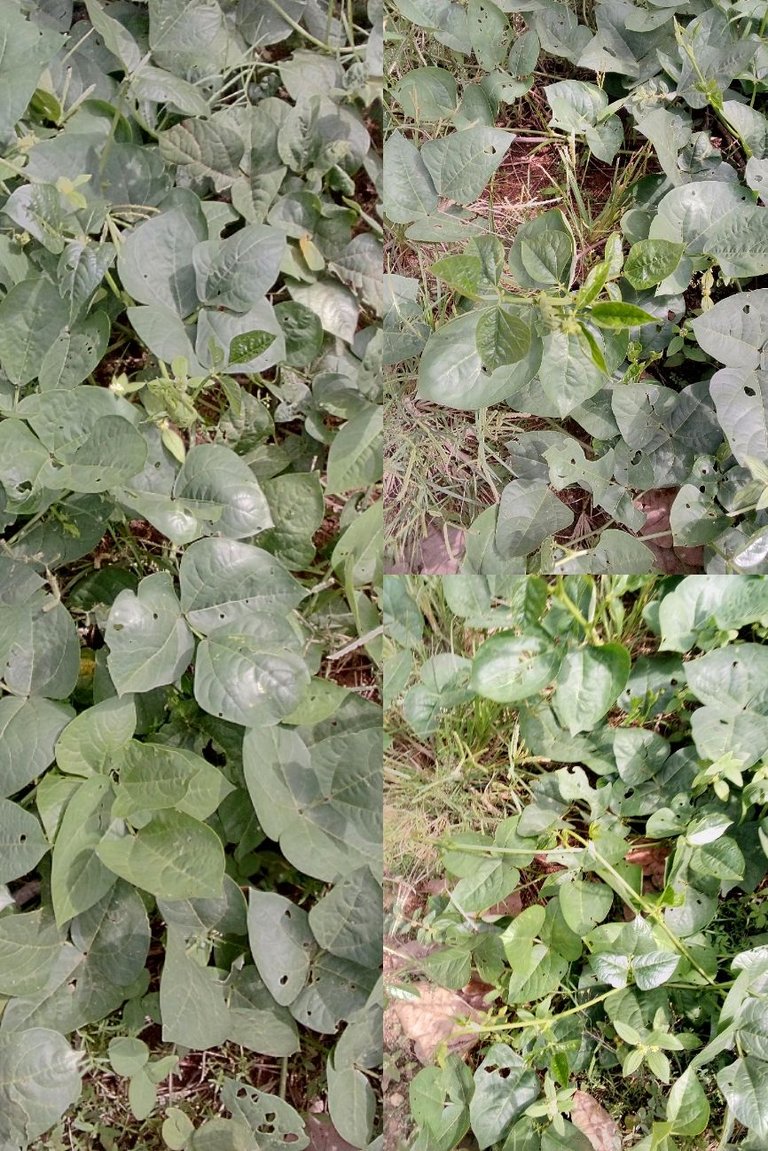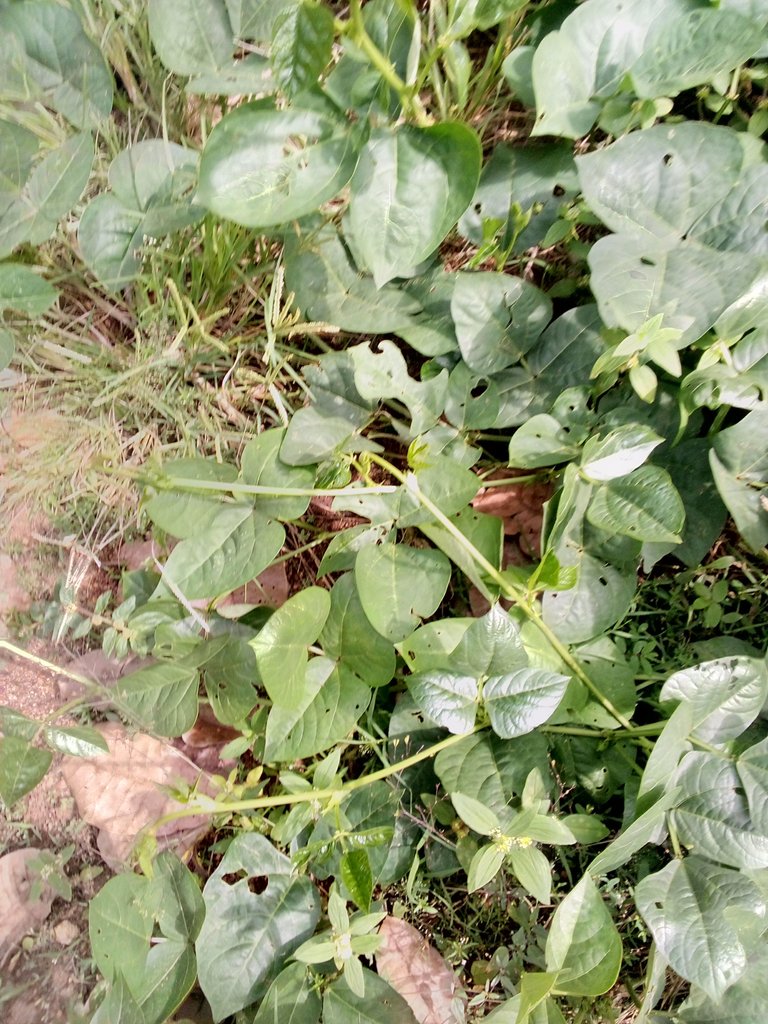Seasonal beans planting: how to time your crop for success
HELLO HIVE
As easy as farming beans might look it needs farmers to pay keen attention to some details that will subsequently help the success of our bean farming journey. An important detail when farming this crop is the importance of timing the cultivation process to perfection.

Generally, beans are warm-season crops, meaning they require a free environment to germinate and grow, which means that in most regions, we have to plant our crop after the last frost date; planting early mostly causes poor germination and seed rot when the soil is cold and wet during that period.
Knowledge of how long it takes for that variety of crop to germinate, grow, and produce helps farmers get their timing right and accurate, reducing the risk of rot due to wet ground.

There are other conditions as a result of planting late, which involve the ground becoming too dry that the seeds can not germinate or the plant experiencing tougher conditions that are familiar during the late parts of December when the atmosphere is completely dry.
So we have to reach a point in between when the weather doesn't affect the plant either way, so the idea of planting the beans in late September when it is mostly the late frost and harvesting it around the last week of November when the weather is still favorable enough to keep the plant fresh.
This actually works for bean varieties that need just under a month or two to germinate, grow, and produce, but for varieties that last longer, the farmer has to find a way to adjust the timing.